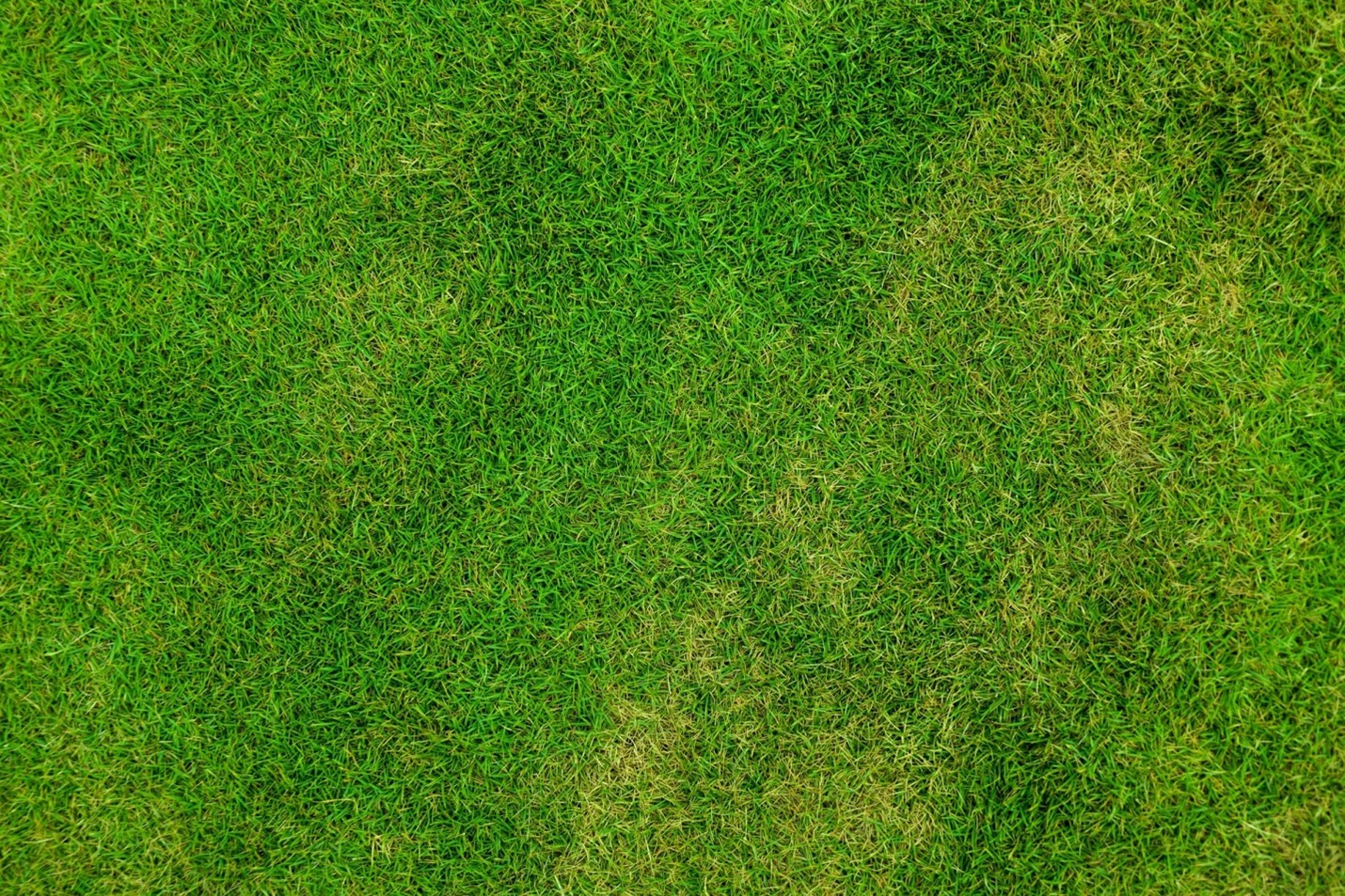Home Improvement
Factors to Consider When Installing Artificial Turf

Choosing to install artificial turf for your property may seem like an easy decision, but there are many factors to consider. You need to consider the type of artificial turf you choose, including the materials, safety issues, and cost. Having all of this information will help you find the right type of turf for your home.
Polypropylene
Among the various artificial grass types available in the market, polypropylene artificial turf is one of the most affordable. Click the link to read more about this material. This material is commonly used in athletic stadiums and residential landscape design. However, it is not the most durable artificial grass material. It is also not very resilient, and it can lose its form and shape when it is walked upon. The fine texture of the grass is also affected by continuous heat exposure.
The fibers used in making artificial grass are made of polyethylene or polyamide. The tufted material is then coated with a hot melt polyethylene adhesive. These fibers are tufted in a primary backing, which is made of woven polypropylene fabrics. Then, the tufted material is coated with a secondary backing, usually a urethane coating.
Polypropylene is a thin fiber and it does not stand up well to extreme temperatures or foot traffic. It is not the best choice for commercial artificial grass installation, and it is not suitable for outdoor play. It can also become damaged and lose its original shape in hot climate areas. However, it is ideal for homes and smaller commercial spaces.
Polypropylene artificial turf is available in a variety of styles. In addition, it is available in a wide range of colors. It also comes in woven sheets, which adds strength to the product. It also has a low melting point, which makes it soft to touch. It is also more flexible, which makes it easier to install.
The tuft lock strength of artificial turf is measured in pounds. A product with a higher tuft lock strength will be thicker, fuller, and more durable.
Polypropylene artificial turf is a great option for homeowners and small commercial spaces, but it is not a good choice for a large commercial space. It does not stand up well to high temperatures or foot traffic, and it is not very durable. Polypropylene is also not very resilient, and it can lose its form and shape when it is walked upon.

Nylon
Whether you’re interested in installing artificial turf for your home, business, or school, there are many different types of synthetic grass materials to choose from. The most popular choices are polyethylene and nylon. A qualified professional like the ones found at Turf Distributors can help you make an informed decision. Both of these synthetic grass materials are durable, long-lasting, and comfortable.
Although nylon is more expensive than polyethylene, it is also the most durable. Nylon artificial turf is a good choice for homes with heavy use, such as playgrounds and sports fields. Nylon is also more resistant to heat, UV rays, and intense weather.
If you’re looking to build a putting green in your backyard, nylon is an excellent choice. The material is stiff, so it can withstand heavy weight. It is also resistant to moisture, so it doesn’t absorb moisture like polyethylene. Unlike other synthetic grass materials, nylon turf is non-slip and won’t damage the ground.
Nylon is a strong and durable material, and it can last for many years. It also has a longer service life than other artificial lawn materials. Nylon is also used to make parachute cord and fishing lines. Nylon is also a good choice for dog kennels and chipping practice.
Safety issues
Despite the widespread use of synthetic grass, safety issues with man-made grass remain a controversial topic. The industry claims that man-made grass is safer than natural grass and that it reduces the need for pesticides and mowing. Moreover, manufacturers often claim that children don’t experience any health issues from playing on the field.
The grass industry was looking for a way to make synthetic blades more durable and more resistant to wear and tear. It also wanted a way to protect athletes from impact injuries. In order to create this type of surface, manufacturers used a styrene-butadiene rubber infill. This type of rubber infill cushioned athletes’ impact and reduced serious injuries.
The Consumer Product Safety Commission (CPSC) has performed studies on man-made grass, and has concluded that there is no increased risk to children playing on surfaces that contain recycled rubber. Click the link: https://www.cpsc.gov/ for more information about this agency. According to the EPA, more studies need to be done to assess the safety of synthetic grass fields. In fact, the EPA said that they were working on a second study to further assess the risks of the field.